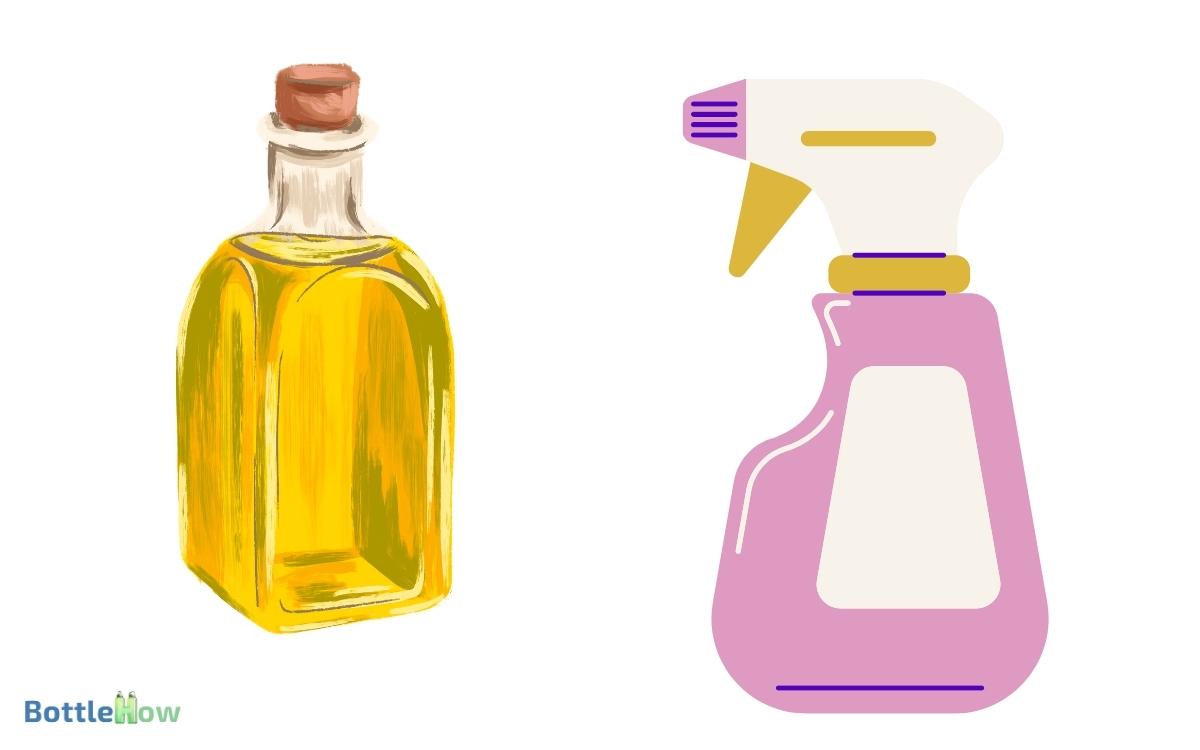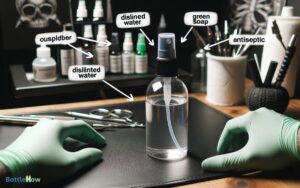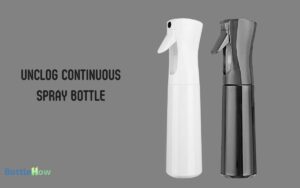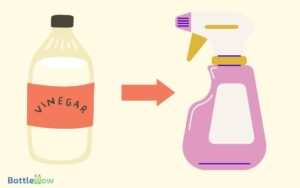Can You Put Perfume Oil in a Spray Bottle? Yes!
Yes, you can place perfume oil in a spray bottle, but you should select the right materials carefully.
Make certain the bottle is made of glass to preserve the oil’s integrity, as some plastics can react negatively with oil-based liquids. Always verify the nozzle is compatible with thicker liquids and can provide an even mist.
Before transferring, confirm the oil is at room temperature and filtered to prevent nozzle blockages. Dilute the oil with a compatible solvent if necessary to improve spray-ability. With proper setup, your fragrance will maintain its quality a finer point to explore further.

Key Takeaways
Understanding Perfume Oils
Perfume oils, also known as fragrance oils, are concentrated aromatic compounds that provide the base scent for many perfumes and colognes.
You’ll find that these oils are crafted from natural or synthetic sources, each contributing uniquely to the complexity of the aroma.
When you’re working with these oils, it’s vital to understand their volatility and solubility properties. These characteristics determine how the oils interact with other substances and how they diffuse into the air.
Knowing the oil’s flash point is essential for safety, ensuring that you handle and store them under conditions that prevent degradation or hazardous situations.
By mastering these aspects, you’re better equipped to serve those who rely on your expertise for creating bespoke aromatic products.
Choosing the Right Spray Bottle
When selecting a spray bottle for your perfume oil, it’s important to take into account the material’s compatibility with oily substances to prevent degradation or reaction.
You’ll need a bottle that guarantees the integrity of the perfume oil, such as those made from glass or certain types of plastics like PET or HDPE.
Additionally, the nozzle design must offer a fine, even mist without clogging, which is essential for consistent fragrance application.
Material Compatibility
Selecting the appropriate spray bottle for your perfume oil involves ensuring the material is compatible and will not react chemically with the oil. You need a bottle that won’t degrade or leach harmful substances into your perfume oil, preserving its purity and efficacy.
Here’s a quick guide to help you choose:
| Material | Compatibility | Considerations |
|---|---|---|
| Glass | Excellent | Non-reactive, ideal for long-term |
| Plastic | Good | Verify BPA-free and UV-protected |
| Metal | Varies | Avoid with certain essential oils |
When choosing, bear in mind that glass is often best for maintaining the integrity of perfume oils. If opting for plastic, confirm it’s suitable for oil-based products and doesn’t interact adversely. Metal can be tricky, as reactions vary depending on the oil composition.
Nozzle Design Considerations
After considering material compatibility for your spray bottle, it’s also important to assess the design of the nozzle to guarantee a fine, even mist of perfume oil. Additionally, the nozzle should be easy to press and resistant to clogging, ensuring a consistent application each time. A well-designed spray mechanism enhances the overall user experience and prevents wastage of the perfume oil. While exploring different spray bottle options, you might also wonder, can I train my dog with a spray bottle?
When selecting a spray bottle, focus on these nozzle features:
- Orifice Size: Opt for a nozzle with a small orifice to create a fine mist rather than a stream.
- Nozzle Material: Choose nozzles made from high-quality plastics like polypropylene, which resist oil corrosion.
- Spray Pattern: Ensure the nozzle offers a consistent spray pattern to evenly distribute the perfume oil.
- Adjustability: Look for nozzles that allow you to adjust the spray intensity to suit different applications or preferences.
These considerations will help you provide the best experience with each spray.
Preparation for Transfer
How do you guarantee your perfume oil is prepared for a smooth transfer to a spray bottle?
- First, confirm the oil is at room temperature, which enhances fluidity and reduces viscosity. Check the oil’s purity; any particulates can clog the spray mechanism.
- If necessary, filter the oil using a fine mesh or a specialized filter designed for oils. This step is essential to prevent any blockage and maintain the integrity of the spray nozzle.
- Next, choose a funnel that fits snugly into the bottle’s opening to avoid spills. Preferably, use a stainless steel or plastic funnel that won’t react with the oil.
- Pre-clean the funnel and the bottle with alcohol to eliminate any contaminants that could spoil the perfume’s quality.
Filling the Spray Bottle
You must first choose a suitable spray bottle that can accommodate the specific viscosity of perfume oil.
Confirm the bottle and spray mechanism are thoroughly cleaned and dry to prevent any contamination or clogging.
Verify that the spray mechanism’s compatibility with oil-based liquids guarantees a fine, even mist without leakage.
Preparation Before Filling
Before filling your spray bottle with perfume oil, always make sure it’s thoroughly cleaned and dried to prevent any contamination or dilution of the fragrance.
Start by using a solvent like isopropyl alcohol, which effectively removes old residues and guarantees the interior of the bottle is pristine. Apply the alcohol with a clean, lint-free cloth, swabbing meticulously around all corners and crevices.
Once you’ve cleaned it, rinse the bottle several times with distilled water to remove any traces of alcohol, as it could interfere with the integrity of the perfume oil.
Dry the bottle completely, ideally with an air blower to avoid any lint or residue from towels. This level of preparation safeguards the purity and original scent of your perfume oil, optimizing its performance in a spray format.
Spray Mechanism Compatibility
Confirm that the spray mechanism’s nozzle size and type are compatible with the viscosity of your perfume oil to prevent clogging and guarantee a fine, even mist. It’s important to select the right spray bottle, one that can handle thicker liquids without malfunctioning.
Here’s how you can ensure compatibility:
- Check Nozzle Size: Opt for nozzles designed for thicker liquids.
- Test Spray Quality: Prior to filling, test the spray with a similar viscosity liquid.
- Review Material Compatibility: Make sure that the spray bottle’s material won’t react with the oil.
- Consider Cleaning Ease: Choose mechanisms that are easy to disassemble and clean, preventing residue buildup.
Potential Issues and Solutions
When transferring perfume oil into a spray bottle, you may encounter issues such as clogging, leakage, or inconsistent spray quality.
To tackle these, start by selecting a spray bottle with a nozzle designed for thicker liquids—this reduces the risk of clogging. Confirm the bottle’s seal is tight to prevent leakage.
If the spray quality remains inconsistent, consider diluting the oil with a compatible solvent like alcohol, but make sure it doesn’t alter the perfume’s original scent or effectiveness. Always test the solvent with a small amount of perfume oil first to confirm compatibility.
This proactive approach helps maintain the integrity and functionality of the perfume oil, ensuring a pleasant and efficient service to others who enjoy its fragrance.
Maintaining Your Fragrance Spray
After successfully transferring your perfume oil into a spray bottle, it’s important to focus on the regular maintenance required to preserve the quality and longevity of your fragrance spray. Attentive care guarantees peak performance and extends the life of your fragrance.
Consider these key maintenance steps:
- Store Properly: Keep your spray bottle in a cool, dark place away from direct sunlight to prevent degradation of the perfume oil.
- Clean Regularly: Wipe the nozzle and cap to remove any residue or buildup, ensuring a fine, consistent spray each time.
- Shake Gently: Before use, gently shake the bottle to mix the oil uniformly, enhancing the fragrance’s strength and clarity.
- Check Seals: Periodically inspect the bottle seals to prevent leaks and evaporation, which can alter the scent’s intensity.
Conclusion
Now you’ve got all the tools you need to turn your perfume oil into a fine mist. Remember, it’s not rocket science, but precision matters.
Make sure your spray bottle is clean and compatible with oils, and dilute your oil appropriately to avoid clogging.
With regular maintenance and careful preparation, your fragrance won’t only spray efficiently but also last longer.
So, go ahead and give your scent a new lease on life—it’s as easy as pie!






